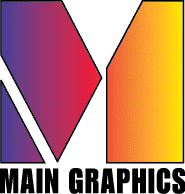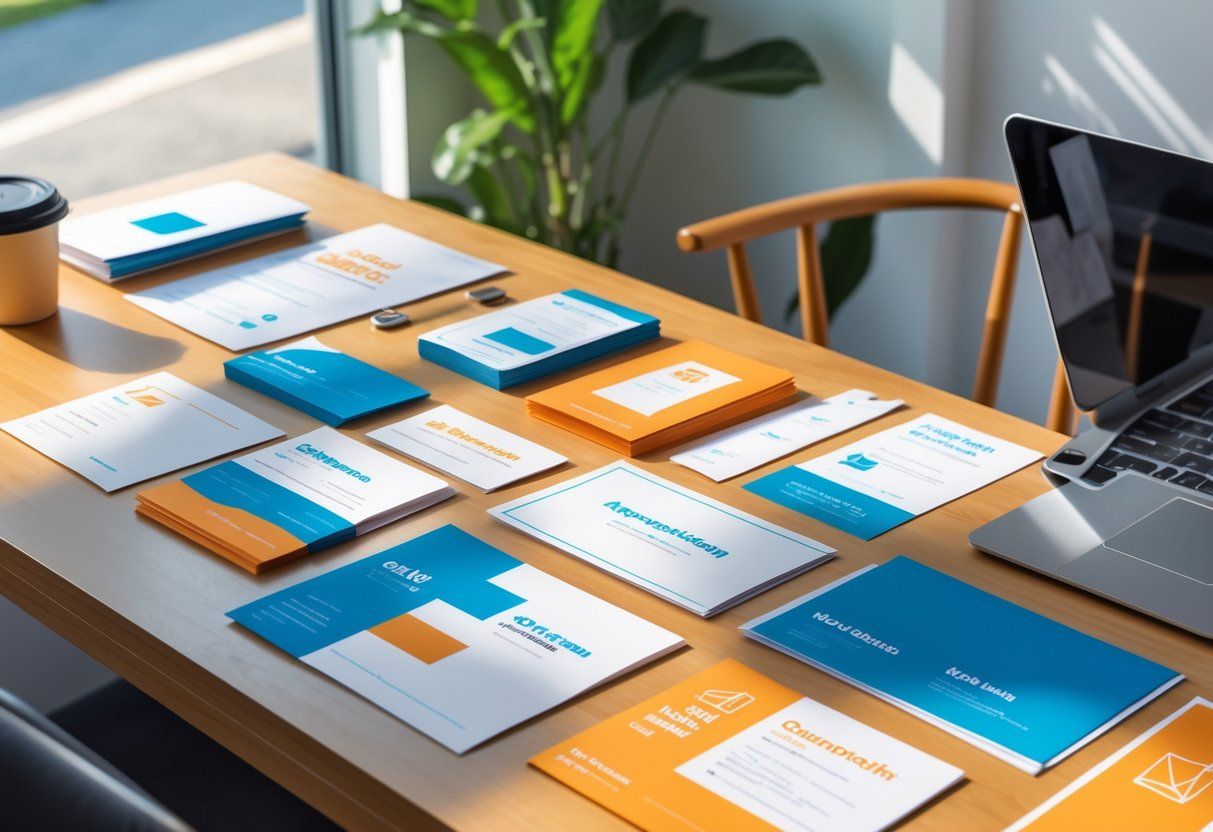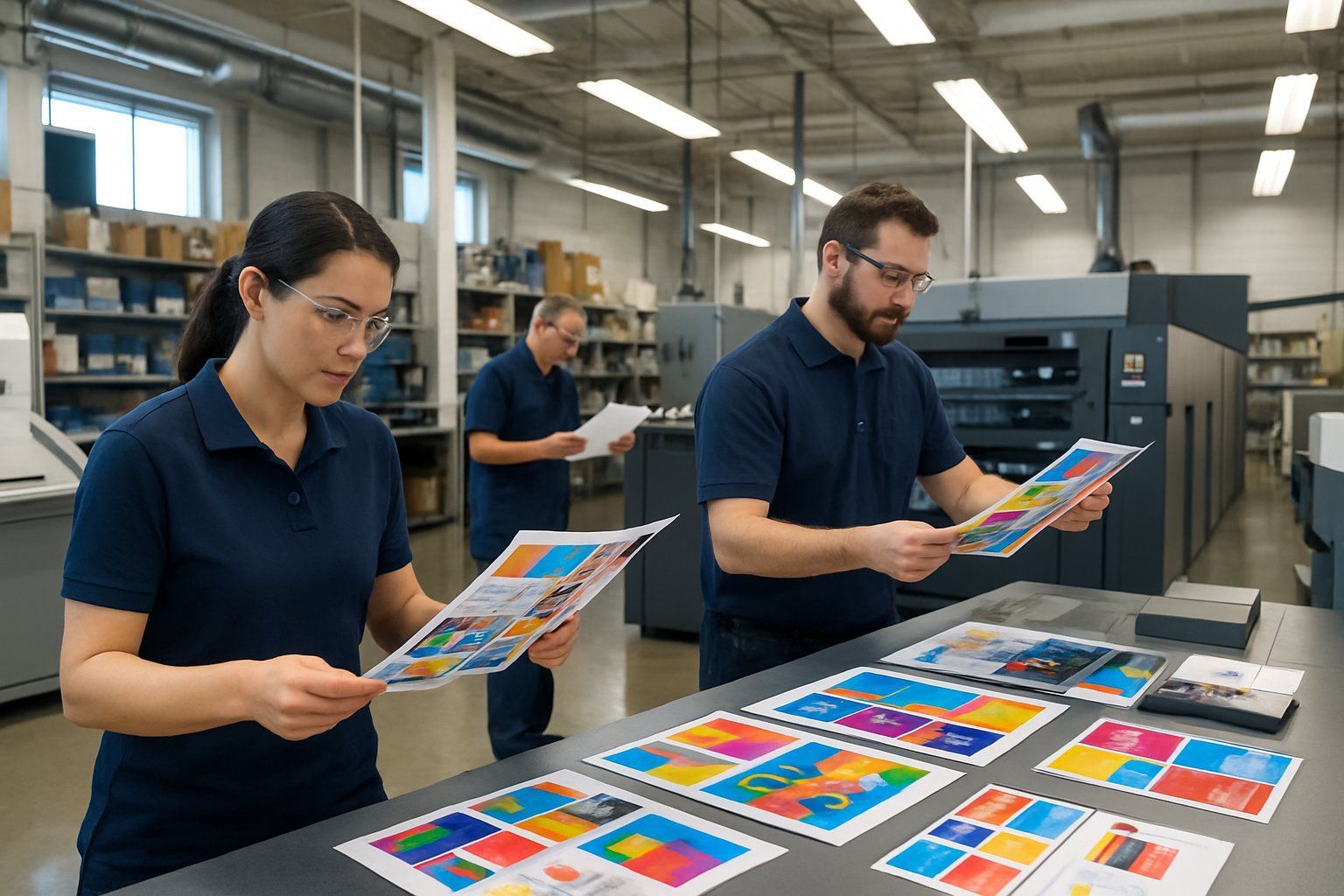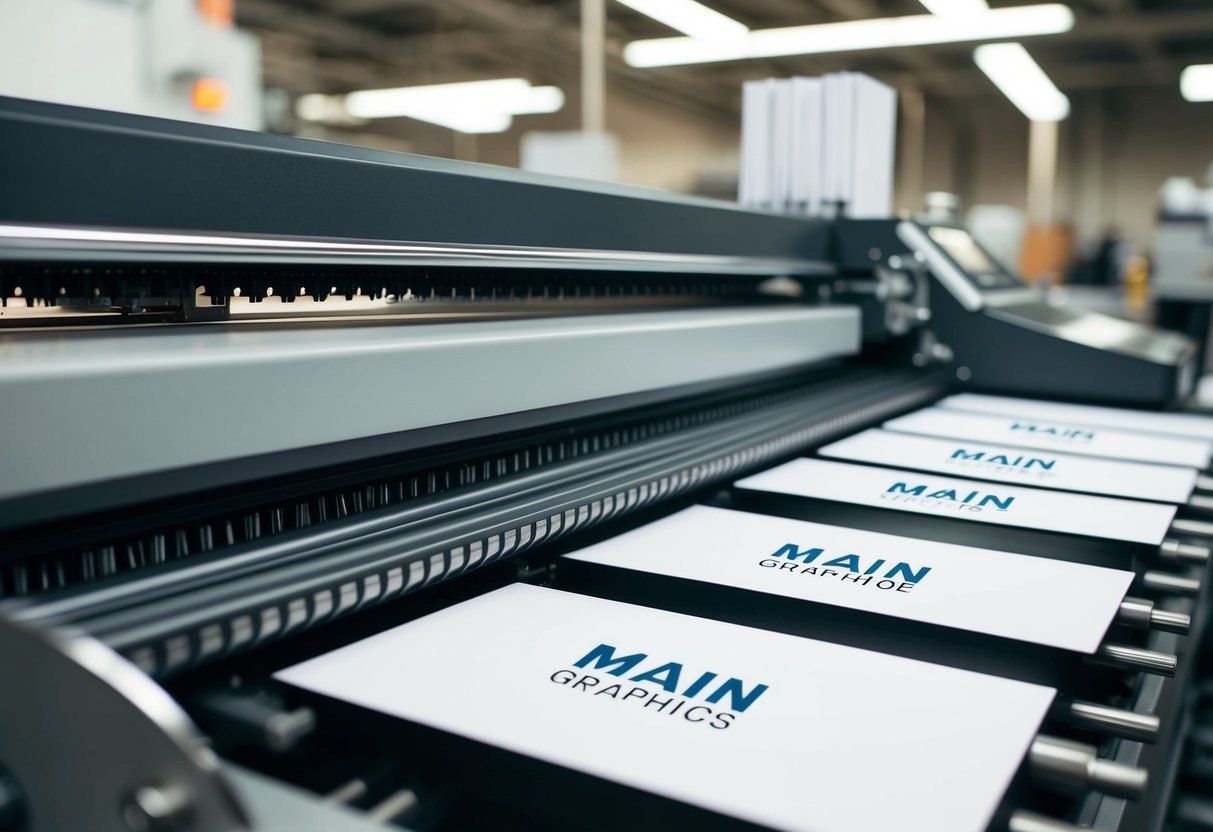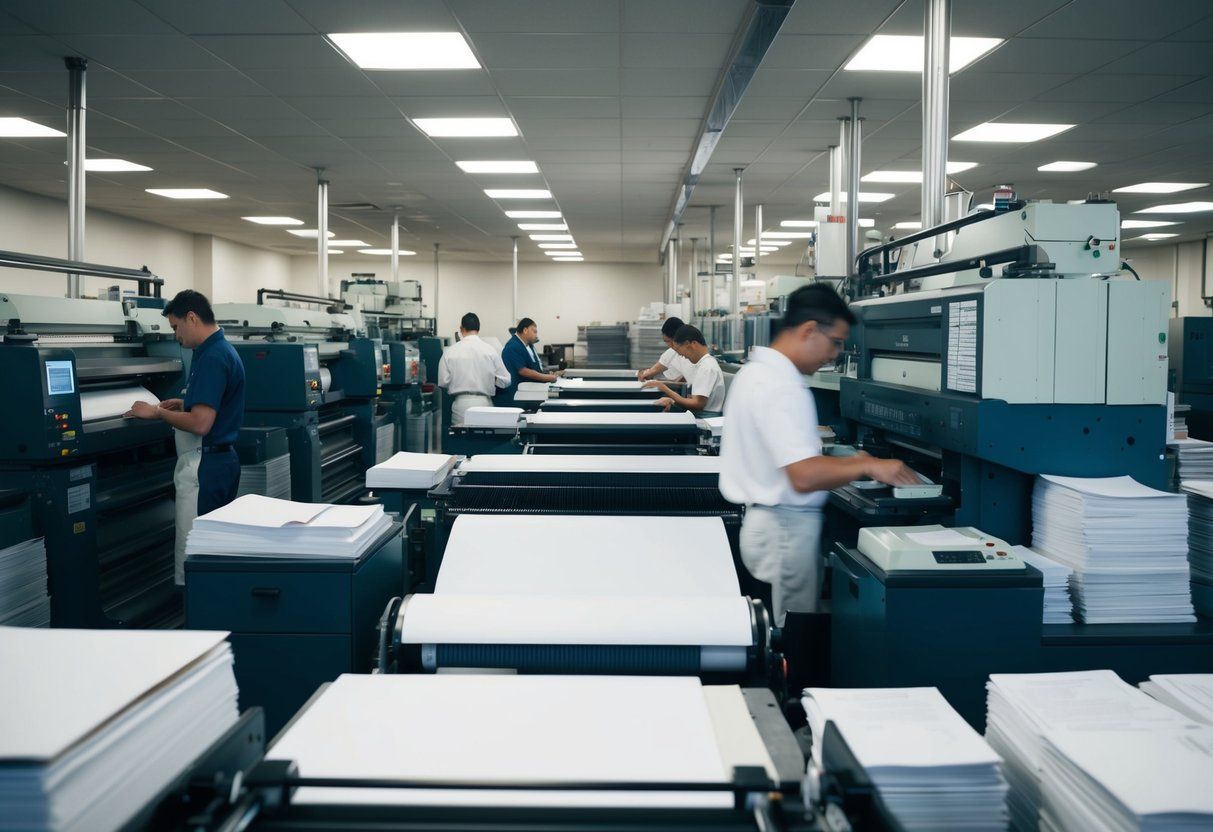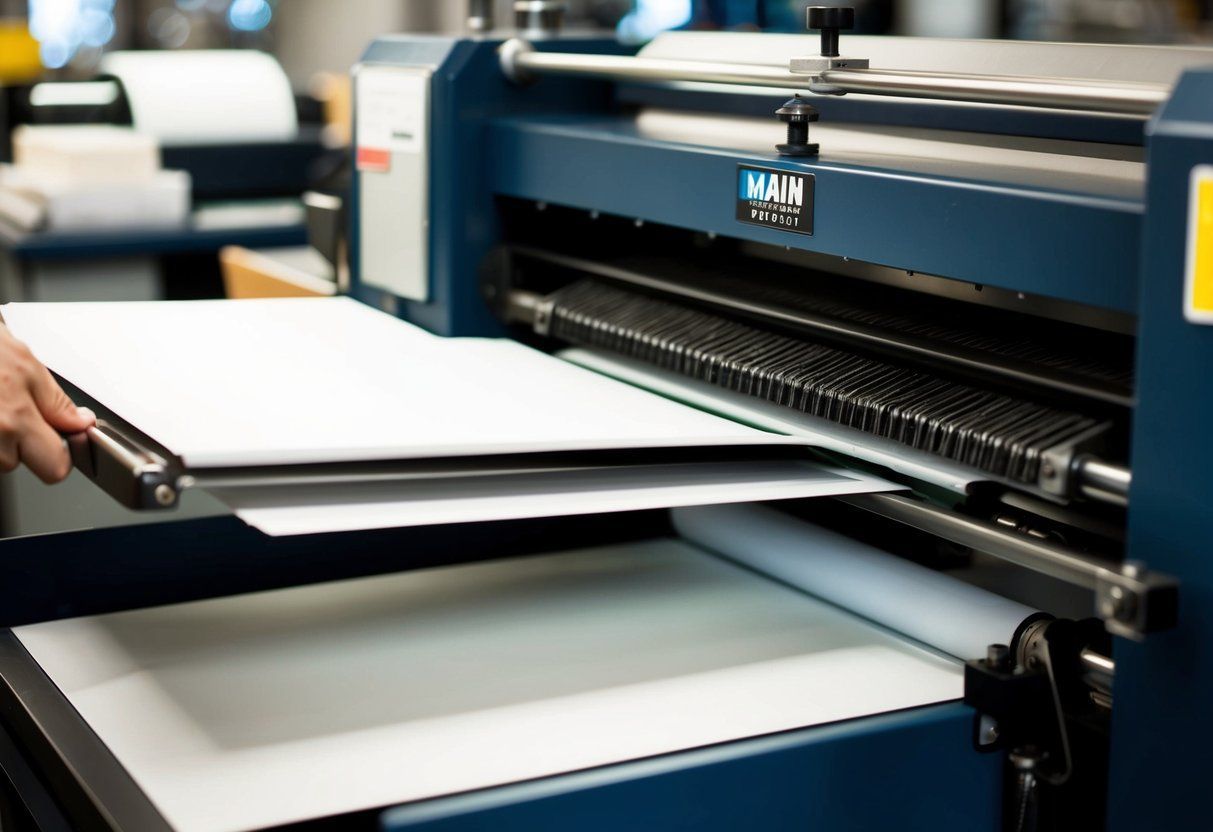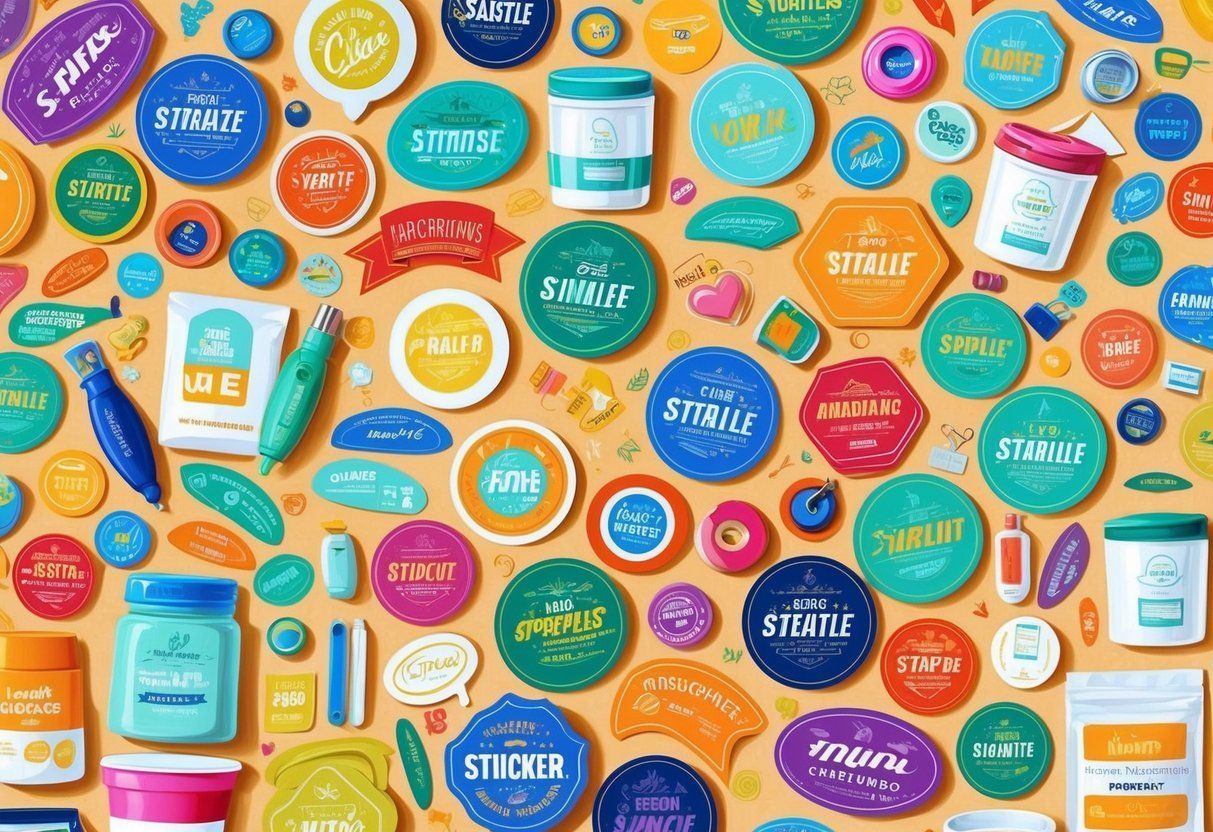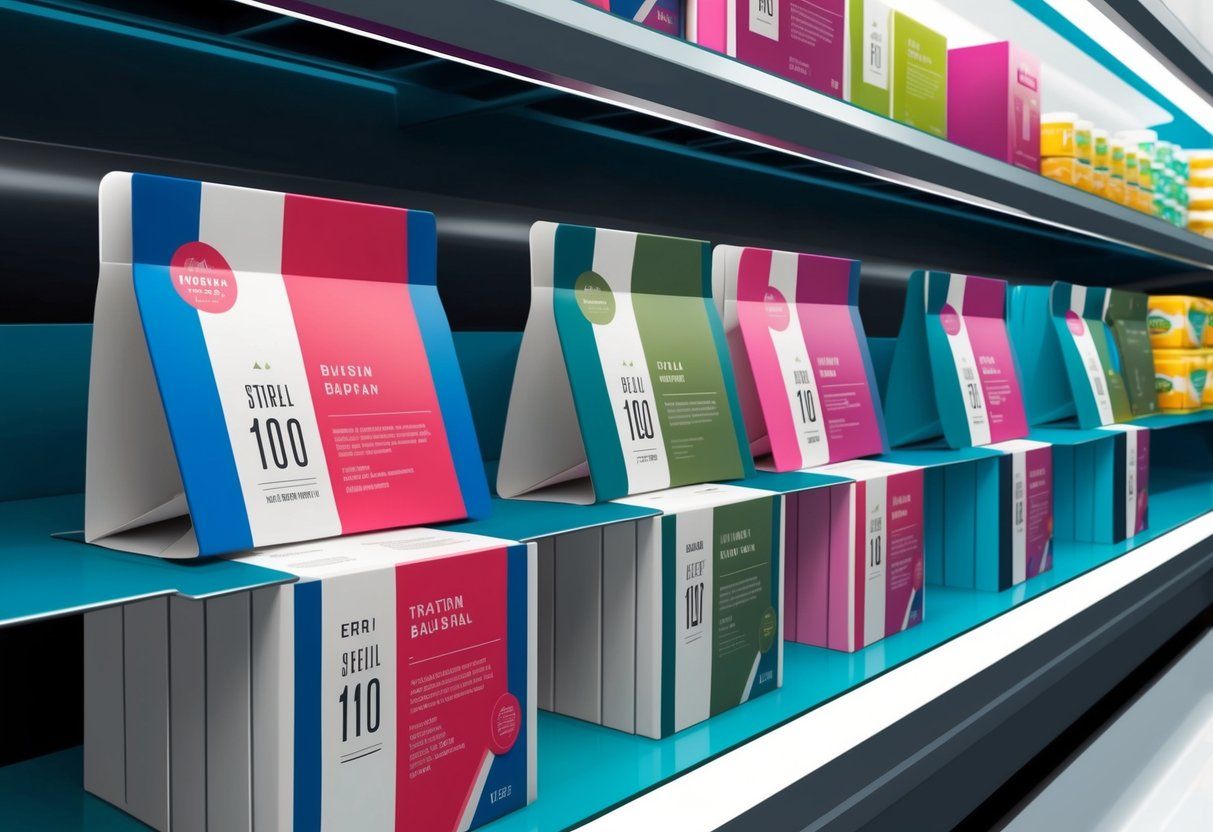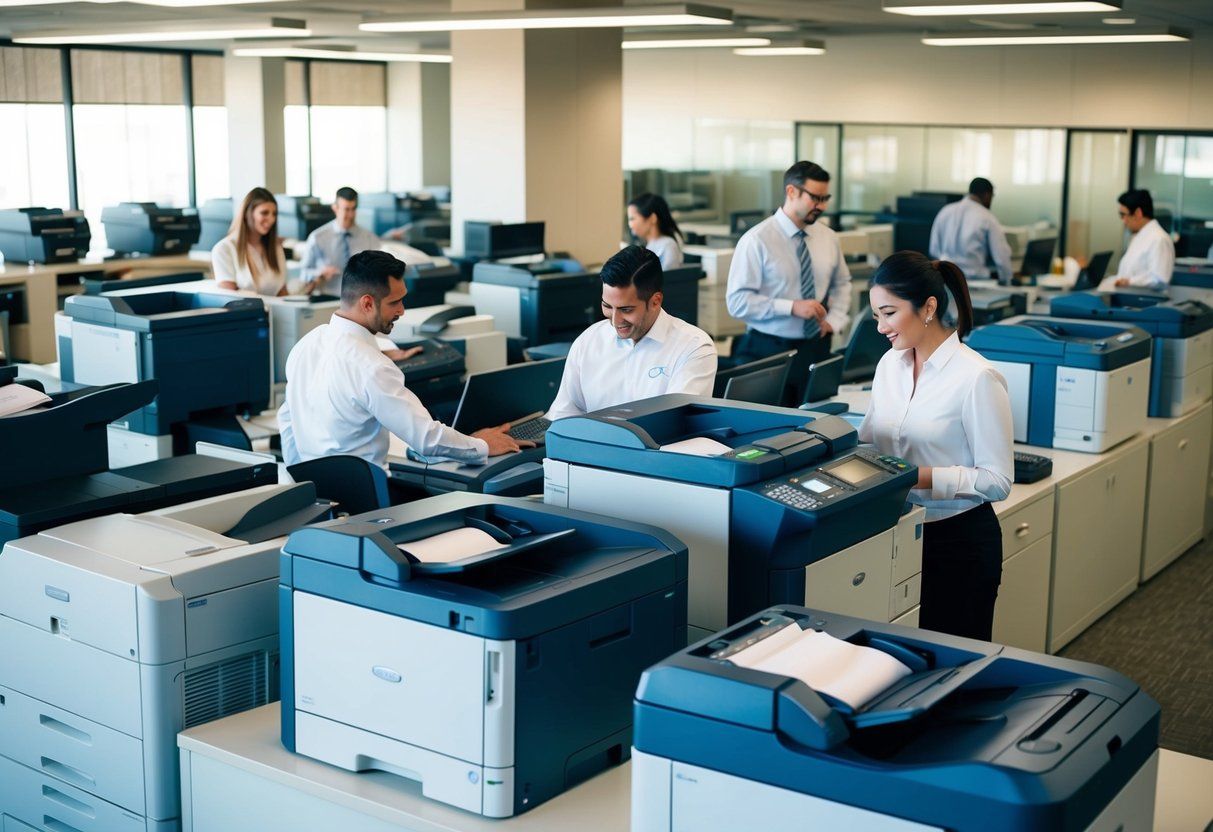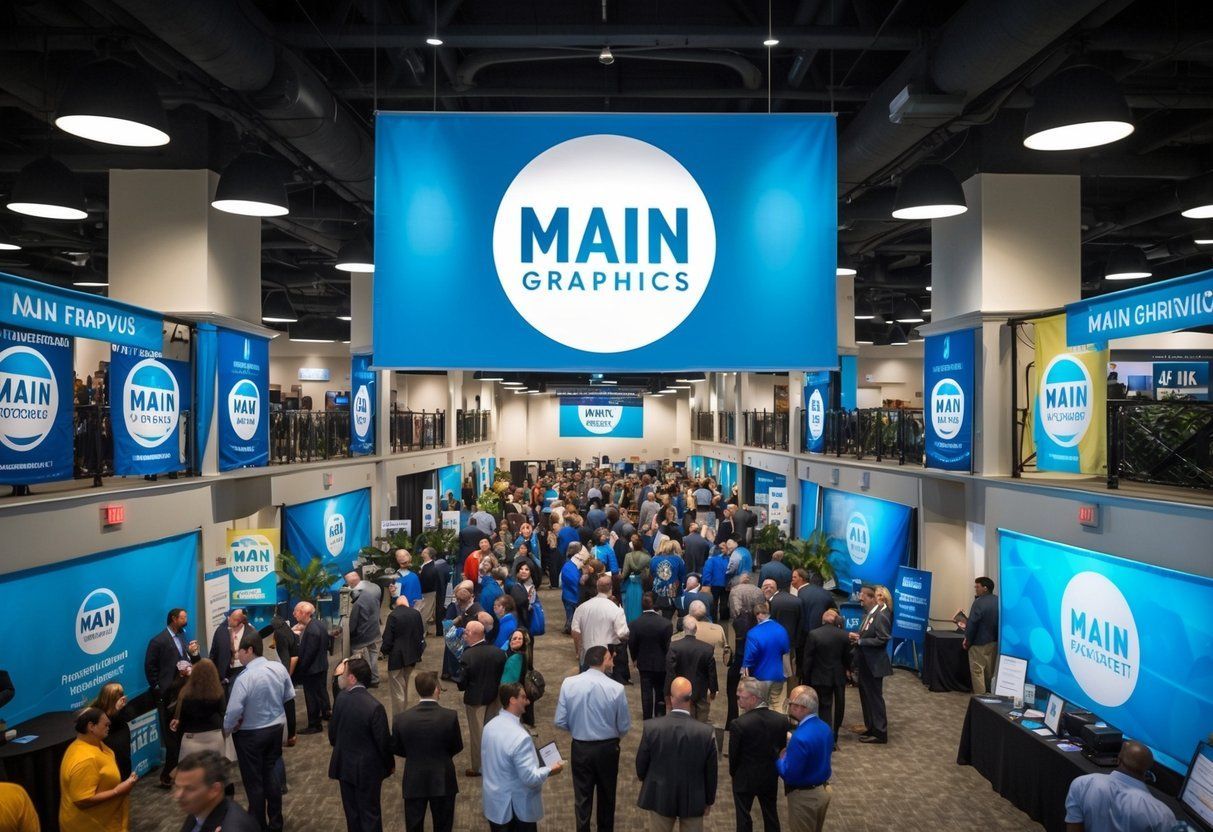How to Tell Quality Printing from Cheap Printing: Identifying Excellence in Print Materials
Recognizing the difference between high-quality and low-quality printing is essential for businesses and individuals who rely on printed materials to convey professionalism and attention to detail. High-quality printing is characterized by sharp, clear images and text, a wide range of vibrant colors, and consistency across multiple copies. It ensures that the final product reflects the intended message and branding effectively, whereas cheap printing can result in blurred images, limited color fidelity, and an overall lackluster appearance. The quality of printed materials can greatly influence a customer’s perception of a product or service.

Various factors contribute to the quality of print, including the type of printing process, the inks and toners used, the resolution of the graphics, and the quality of the paper or medium being printed on. Advanced printing techniques such as offset printing or digital printing can yield high-quality results, with offset printing being particularly well-suited for large runs. Additionally, the finishing touches, like coating or binding, play a role in determining the overall quality of the printed material. It’s necessary to examine these elements to gauge whether printing meets high standards or falls short.
Professionals and consumers can assess print quality by closely inspecting printed samples for clarity, color accuracy, and paper quality. Defects such as smudging, streaking, and color bleeding are indicators of inferior printing. On the other hand, sharp edges, even ink distribution, and durable paper signal a quality print job. By considering these characteristics, one can distinguish between premium and economical printing, ensuring that their printed materials make the desired impact.
Understanding Printing Basics

Quality printing hinges on understanding the interactions between inks or toners, the printing methods employed, and the types of paper or materials used.
Ink and Toner Differences
Inks are primarily used by inkjet printers , which deposit liquid ink onto paper through a series of microscopic nozzles. The quality of ink can vary, affecting color richness and print fidelity. In contrast, toners are a fine powder used by laser printers. A laser printer fuses toner to paper using heat, resulting in sharp text and higher printing speeds. When considering print quality , one should note that genuine branded inks and toners tend to produce superior results compared to third-party alternatives.
- Ink Attributes
:
- Color Range : CMYK (Cyan, Magenta, Yellow, and Key [black]) offering a wide color gamut.
- Drying Time : Varies, with potential for smearing if not dried properly.
- Toner Attributes
:
- Particle Size : Smaller particles ensure better precision and image quality.
- Efficiency : Toner generally lasts longer than ink, providing more prints per cartridge.
Printing Methods
There are various printing methods, each suited to different needs. Digital printing is popular for its cost-effectiveness in smaller runs and its ability to print intricate, high-DPI (dots per inch) images. This clarity is crucial for high-quality print products.
- Digital Printing
:
- DPI Consideration : Higher DPI settings result in finer detail and sharper images.
- Material Versatility : Can print on various materials, including synthetic fabrics.
Paper and Material Types
The type of paper or material dramatically impacts the overall print quality. Matte paper offers a non-glare surface which is excellent for readability, while glossy paper provides a shiny finish that enhances photo vibrancy but is susceptible to fingerprints. Besides paper, printers can also handle different materials, such as synthetic fabrics , which require specific inks for durable prints.
- Paper Choices
:
- Matte
:
- Texture : Smooth, opaque surface suitable for less reflective prints.
- Usage : Ideal for professional documents and materials where glare is a concern.
- Glossy
:
- Finish : Reflective surface that brings out rich colors and deep contrasts.
- Usage : Predominantly used for printing photographs and high-color designs.
- Matte
:
Recognizing the critical roles played by ink and toner types, printing methods, and paper or material quality is essential for identifying high-quality printing. These factors contribute to the longevity, clarity, and aesthetic appeal of printed materials.
Identifying High-Quality Printing
Recognizing exceptional printing involves assessing several critical elements, from the sharpness of images to the fidelity of colors.
Resolution and Image Quality
Resolution is a determining factor in print quality. High-quality prints should have a high dots per inch ( DPI ) rating, which indicates a finer dot placement leading to sharp images without visible pixelation or blurring. Optimized DPI settings enable intricate designs and clear imagery. For example, an inkjet printer with a resolution of 1200×1200 DPI usually delivers detailed and quality prints suitable for professional presentations and high-quality photos.
Color Accuracy and Calibration
Color accuracy and calibration are crucial for the fidelity of reproduction from digital to print. High-quality printing should reflect vibrant colors and maintain color accuracy , matching the original design intent. This requires calibrated monitors and printers in the printing process, ensuring that prints are consistent and true to the digital source. Good color calibration involves profiling and adjusting printer settings, such as color temperatures and densities, to achieve predictable outcomes.
Material and Ink Interaction
The interaction of material and ink significantly influences print quality. Quality prints are often produced with premium paper that absorbs and holds ink in a way that prevents smudging or bleeding. The type of ink used, whether from an inkjet or a laser printer, should be of professional grade to prevent fading and to maintain color intensity over time. Quality control in selecting materials and inks ensures that every print achieves a high standard of excellence.
Evaluating Print Durability
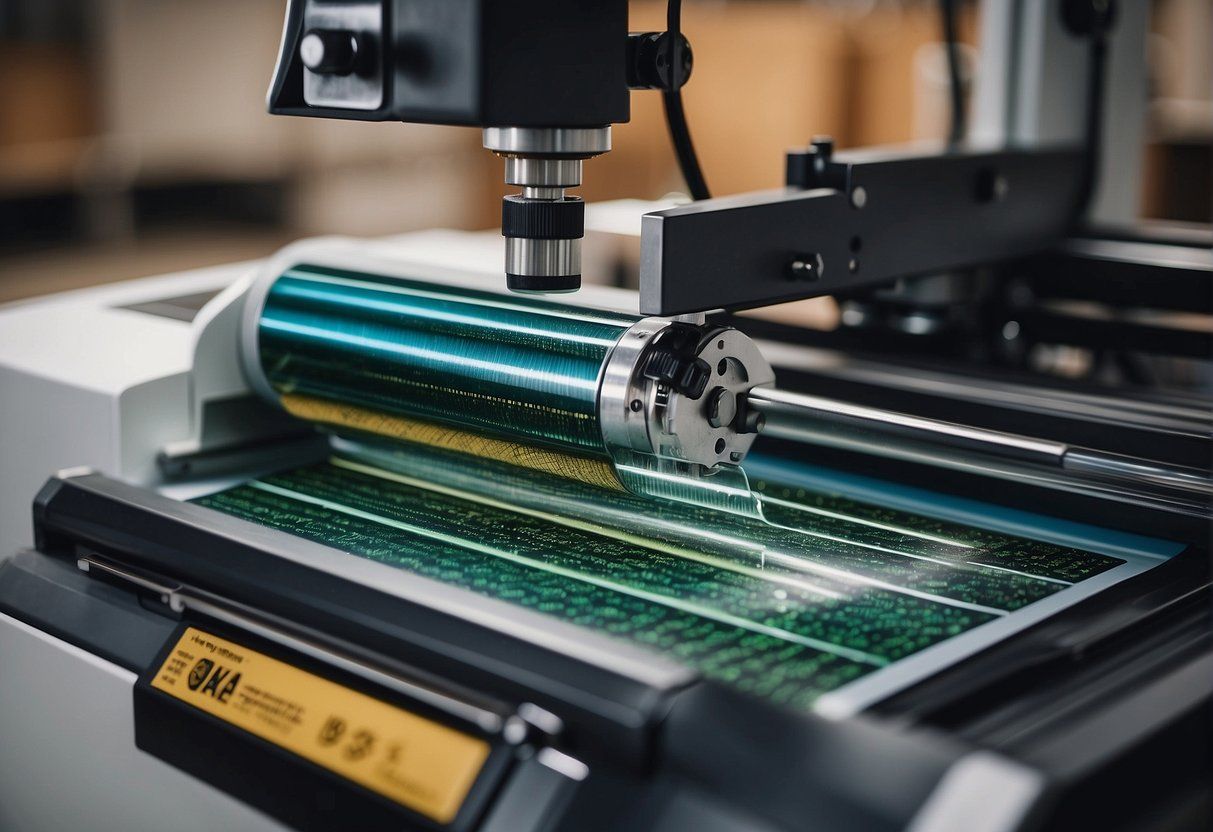
The longevity of a printed garment is impacted by the materials used and their resistance to wear. Proper maintenance and the print’s ability to withstand regular washes are critical factors in evaluating print durability.
Material Maintenance
Fabric Quality: High-quality fabrics, such as premium cotton or polyester blends, are crucial for long-lasting prints. They provide a stable foundation that is less likely to degrade over time, thus preserving the print. For t-shirts and other garments, one should ensure that the fabric is pre-treated and ready for printing.
Curing Process: The curing process affects durability significantly. Adequate curing of the print ensures that the ink bonds properly with the fabric, resulting in a more durable product. Whether it’s heat pressing or tunnel drying, the correct method should be used according to the type of ink and fabric.
Wear and Washability
Washing Instructions: To maintain the print, one should follow the specific washing instructions provided. This typically includes washing with cold water, inside-out, and avoiding harsh detergents, which can extend the life of the print.
Durability in Printed Garments: It is essential to consider how a garment and its print react to continuous use and washing. Products that maintain their integrity after multiple wash cycles tend to be of higher quality. A simple test is to observe the print after several washes for signs of fading, cracking, or peeling.
Note: Regular inspection of these factors is vital in determining the true durability of printed garments.
Analyzing Print Design Elements

When assessing the quality of printed materials like posters and brochures, the devil is in the details. Fonts, layout, and the clarity of design elements play crucial roles in the end product.
Fonts and Layout Considerations
Fonts must be sharp and clear. In high-quality printing, letters should show no blurring or bleeding at the edges, and the typeface choice should complement the overall design. For layout , spacing is key—the relationship between text blocks, images, and white space should guide the viewer’s eye seamlessly across the material. A well-structured layout aligns consistently across different pages, which can be an indicator of professional printing settings.
- Consistent alignment: Look for uniform margins and gutters.
- Legible typefaces: Fonts should be easy to read and appropriate in size for their purpose.
- Adequate spacing: Proper use of whitespace enhances readability.
Design Details and Clarity
In terms of design details , sharpness and color accuracy are paramount. High-resolution images should retain their clarity and not appear pixelated or muddy. Contrast within the design should make elements pop rather than blend into one another, ensuring immediate legibility and impact. Printer settings must be optimized to reproduce these details faithfully, from the smallest text to the most intricate image.
- Image quality: Zoom in on images to check for clarity and resolution.
- Color precision: Colors should be vibrant and true to the original design, indicating a high-quality print job.
- Clear details: Lines and edges in the design should be crisp, not fuzzy or indistinct.
Choosing the Right Printing Service

When selecting a printing service, it is crucial for businesses and professional photographers to ensure that their brand is associated with high-quality prints. A reliable service should offer a range of options, from marketing materials like postcards to apparel such as quality t-shirts, all reflecting the standard of high-quality products.
Identify Services with a Reputation for Quality
- Check reviews from other customers and professionals.
- Look for services that specialize in products relevant to your needs.
Assess their Product Offerings
- Confirm they provide high-quality materials and printing methods.
- Ensure they offer the specific items you need, be it postcards or quality t-shirts.
Determine Adaptability and Continuous Improvement
- Choose services that adapt to the latest printing technology and methods.
- A commitment to continuous improvement indicates a dedication to quality.
Online Printing Service Benefits
- They often provide convenient ordering processes and proofing.
- Online services may offer more competitive pricing while maintaining quality.
Account for Cost and Quality Balance
- Consider the affordability of the service.
- Verify that a lower price does not compromise the quality of the prints.
In conclusion, finding an affordable printing service that maintains high standards of quality requires careful consideration. They should demonstrate an ability to produce high-quality prints with a commitment to improvement and customer satisfaction, catering to the needs of a brand’s marketing campaigns or a photographer’s professional work.
Post-Printing Processes
The post-printing phase is crucial for distinguishing high-quality printing from inferior quality. It involves specific finishing techniques and rigorous quality checks, ensuring that the final product meets the highest standards.
Finishing Techniques
After printing, the choice of finishing techniques can significantly influence the perceived value of the product. Embossing and varnishing are common in photo printing for added texture and protection, while lamination provides durability and a glossy finish. Direct to garment printing benefits from precise heat setting to ensure color fastness. In transfer printing , quality finishing ensures that the design adheres well and doesn’t crack or peel. Screen printing may employ a post-print wash to remove any pre-treatment residue. Embroidery , while not a printing technique, includes post-process trimming and cleaning for a neat, professional look.
| Printing Method | Finishing Technique | Purpose |
|---|---|---|
| Photo Printing | Embossing, Varnishing, Lamination | Enhance texture, protect surface, and add shine. |
| Direct to Garment | Heat Setting | Ensure color fastness and durability. |
| Transfer Printing | Adhesion Enhancement | Prevent cracking or peeling of the design. |
| Screen Printing | Post-Print Wash | Remove pre-treatment residue and prevent ink bleeding. |
| Embroidery | Trimming, Cleaning | Clean up loose threads and ensure a tidy finish. |
Quality Checks and Packaging
Each product undergoes thorough quality checks throughout the finishing process. The print’s color accuracy, clarity, and placement are inspected closely. Test reports may be generated to verify that the printing has been completed to specifications, and transparency in this process builds trust with clients. Pacing is also monitored to ensure consistent production speeds without sacrificing quality. Finally, the items are carefully packaged, often with protective materials to preserve them during transit. The packaging process itself should reflect the quality of the printing inside, ensuring that items are received in immaculate condition.
Frequently Asked Questions
Identifying superior printing quality involves examining several technical and visual aspects. These answers will address the most pertinent questions related to print quality discernment.
What are the key indicators of high-quality printing?
High-quality printing is typically marked by sharp, clear images with accurate colors that match the source material. It should have consistent ink coverage without smudging or streaking, and fine details should be distinct and not blurred.
How can the DPI of a print impact its perceived quality?
DPI, or dots per inch, significantly impacts print quality as it measures the resolution of images. A higher DPI generally means finer detail, smoother gradients, and sharper images, leading to a more refined and quality print.
What factors should be considered when evaluating the quality of printed T-shirts?
When assessing printed T-shirts, one should consider the quality and durability of the ink, the accuracy of the print regarding colors and design detail, and the ink’s resistance to fading or cracking after washing.
In what ways can print quality differ between online and traditional printing services?
Print quality may vary as online services often utilize automated, high-volume printing techniques, which can lead to variations in color accuracy and detail. Traditional printing services may employ more hands-on quality checks and personalized adjustments, potentially resulting in higher quality prints.
What methods are used to measure and ensure print quality?
Methods to measure print quality include visual inspections, software assessments using color calibration tools, and standardized tests for print resolution, color fidelity, and ink adhesion. These methods help maintain consistent quality across prints.
How does the cost of printing relate to the overall quality of the print?
The cost of printing may reflect the use of higher quality materials, advanced technology, and more stringent quality assurance processes. However, cost is not the sole indicator of quality, and inexpensive prints can still meet high-quality standards if produced with care.…
